News 2019
The space-time fabric of brain networks | From space to space-time in the brain
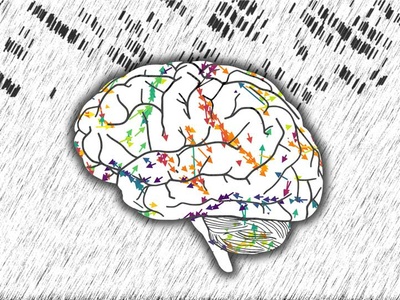
October 28, 2019: Scientists at the Bernstein Center Freiburg (BCF) and KTH Stockholm found simple rules that enable networks in the brain to generate sequential spiking activity, forming the basis of behavior. Their findings have now been published in PLoS Computational Biology.
Balance of inputs to the striatum shifted towards the direct-pathway neurons in vivo, but not in Parkinson’s disease

October 21, 2019: Most symptoms of Parkinson’s disease are caused by a disbalance in the direct and indirect pathways of the basal ganglia. These two pathways work in concert to drive motor control, reward learning, and other crucial functions of the brain. Despite their importance, the properties of their inputs are still poorly understood. Under the leadership of Prof. Dr. Arvind Kumar and Prof. Dr. Gilad Silberberg, researchers at the Bernstein Center Freiburg (BCF), KTH Stockholm, and Karolinska Institute in Stockholm have performed complex in vivo and computational studies, and found evidence that neurons in the direct-pathway receive overall more input than those in the indirect-pathway. Their findings have now been published in the Journal of Neurophysiology.
Growing and moving: How interactions between neuronal migration and outgrowth shape network architecture
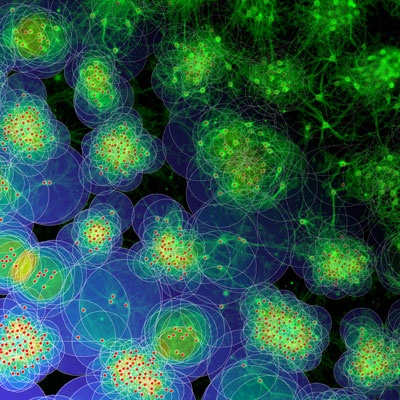
October 09, 2019: Neurons are not randomly arranged in the human brain. In the cortex, they are organized in interconnected clusters with high intrinsic connectivity. This modular connectivity structure, in which clusters eventually serve as functional units, is formed in early phases of development. The underlying self-organization process is regulated by neuronal activity but the detailed mechanisms are still poorly understood. Based on in vitro studies and computational modeling, neuroscientists Dr. Samora Okujeni and Prof. Dr. Ulrich Egert from the Bernstein Center Freiburg now made an important contribution to the understanding of brain networks and their development: in their current study, they show how neuronal outgrowth and migration interact in shaping network architecture and the degree of modularity in mature networks. Their findings have now been published in the open access online journal eLife.
Project start for Interneuron – Successful bid from the Bernstein Center Freiburg for EU Interreg funding to strengthen cross-border cooperation in the field of neuroscience
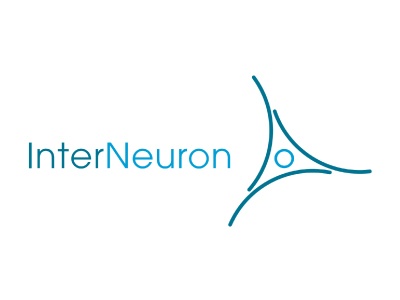
September 12, 2019: Alongside the neuroscientific network Neurex, as coordinator, and LabEx Medalis from the University of Strasbourg, the Bernstein Center Freiburg was able to win over the jury during the latest call of the EU-Interreg V program Oberrhein 2014-2020. The EU will support the new "Interneuron" project for a period of three years with almost one million Euro from the European Regional Development Fund (ERDF). Interneuron aims to strengthen cross-border cooperation in the field of neurosciences and neurotechnology in the Upper Rhine region. And now the real work begins.
Bursts with high and low load of epileptiform spikes show context-dependent correlations in epileptic mice

August 16, 2019: Epileptic activity in the brain consists of synchronized activity of neurons in a region of the brain that jointly generate spikes of electrical activity. It is an open question whether bursts of a few of such spikes (“low-load events”) signal an increasing probability of severe events with more spikes (“high-load events”) – or if they instead reflect neuronal processes that prevents this. For ethical and technical reasons, this is difficult to test in patients and the few existing studies disagree. A research team from the Bernstein Center Freiburg analyzed these patterns in detail in a mouse model for a specific type of epilepsy (mesial temporal lobe epilepsy). Their work has now been published in eNeuro.
Disentangling the complex signal flow in layered networks of neocortex
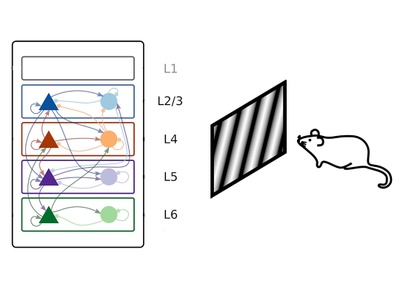
July 22, 2019: Networks in the brain often have a complex structure, comprising multiple layers or otherwise circumscribed subpopulations of nerve cells. Will it ever be possible to untangle the mind-boggling chatter among neurons that experimenters record in such networks with their highly sophisticated methods? Researchers from Stefan Rotter’s research group at the Bernstein Center Freiburg are now proposing a novel theoretical framework to sort out some of the encountered difficulties. Using the example of a computer simulated network model of layered visual cortex, they are able to show, among other things, how feature selectivity and tuning curves of nerve cells in different layers emerge as a result of system-wide processing. Their work has now been published in the journal PLOS Computational Biology.
The focus is on Europe at the 2019 Stallwächterparty
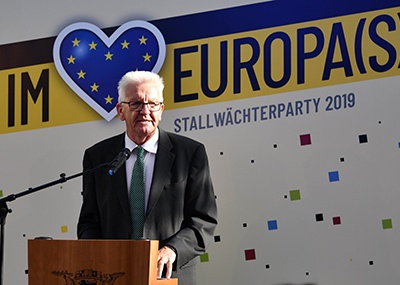
July 01, 2019: Inform, explain, answer questions – this was the mission of Stefan Rotter, Managing Director of the Bernstein Center Freiburg (BCF), who travelled to Berlin for the 56th Baden-Württemberg Stallwächterparty. The BCF accepted the invitation of Prof. Dr. Dr. Hans-Jochen Schiewer, Rector of the University of Freiburg and President of Eucor – The European Campus, to represent the trinational university network of the Upper Rhine together with the Karlsruhe Institute of Technology. Stefan Rotter used this opportunity to plead the case for fundamental research to Minister Theresia Bauer, responsible for Universities, Research Institutions and Art Institutions in Baden-Württemberg.
Simulating the effect of transcranial brain stimulation
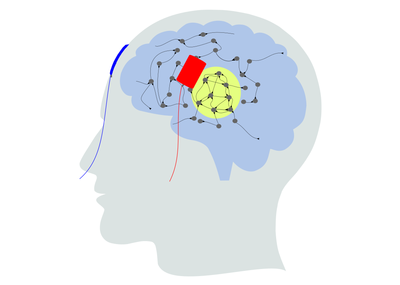
June 28, 2019: The long-lasting aftereffects of non-invasive transcranial direct current stimulation (tDCS) promise an alleviation of severe symptoms of diseases like depressive disorder or chronic pain. In a new modeling study, researchers from the Bernstein Center Freiburg suggest that the aftereffects observed in experiments may be a consequence of homeostatic network growth. Their model is based on the idea that the stimulation triggers a rearrangement of synaptic couplings among stimulated and unstimulated neurons, eventually leading to network remodeling and cell assembly formation. Their findings have now been published in the journal Network Neuroscience.
Six fingers per hand: A congenital additional finger brings motor advantages
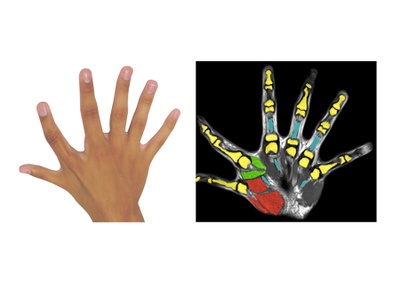
June 03, 2019: Polydactyly is the extraordinary condition of someone being born with more than five fingers or toes. In a case study published today in Nature Communications, researchers from the University of Freiburg, Imperial College London, the University Hospital of Lausanne, and EPFL have for the first time examined the motor skills and sensorimotor brain areas in people with polydactyly. The results show that an extra finger can significantly extend the manipulation abilities and skill.
Inhomogeneities in network structure govern spontaneous activity

May 31, 2019: Networks of biological neurons can be spontaneously active. In absence of sensory input, neurons send and receive action potentials generated by the network itself. The connectivity between neurons is a key factor regulating the generation and propagation of such spontaneous activity but the exact mechanisms are not known and difficult to access in vivo. Researchers from the Bernstein Center Freiburg investigated the origin of spontaneous activity generation in networks of cultured cortical neurons. They found that spontaneous activity mainly originates in regions where such networks are inhomogeneous. Their findings have now been published in Frontiers in Neuroscience.
A constant thirst for new knowledge
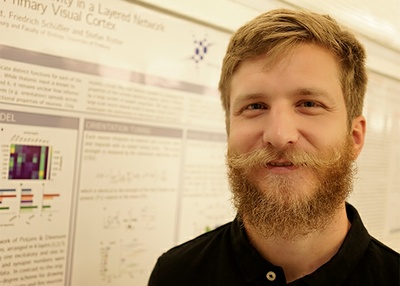
May 22, 2019: This was a major reason why Benjamin Merkt decided to write a doctoral thesis. Now he is among those who have successfully completed their dissertation and is pleased that everything turned out so well. Congratulations!
Non-invasive Assessment of Superficial and Deep Layer Circuits in Human Motor Cortex
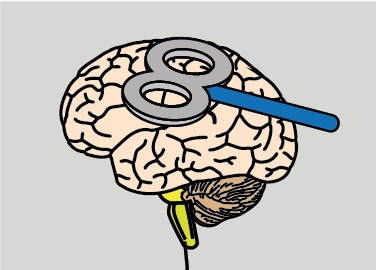
May 21, 2019: An international collaboration of research teams from the Department of Sport Science Freiburg, the Bernstein Center Freiburg and the Institute of Neuroscience at Newcastle University developed a technique to investigate layer-specific activity modulations in the human motor cortex. The novel approach has now been published in The Journal of Physiology.
The theorist with a passion for the practical
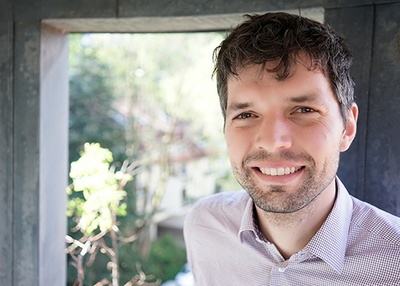
May 08, 2019: Perfect timing for Michael Kordovan – after his excellent doctorate, the young scientist is now taking the step which he had originally planned to take after his diploma studies. He has just signed his work contract with a company for industrial image processing.
Outstanding achievement by Ali Mahmoodi
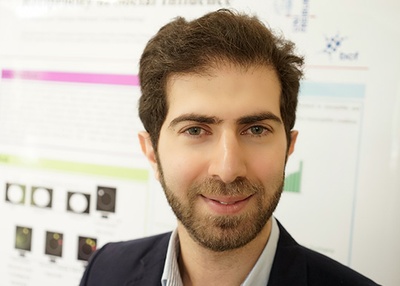
April 26, 2019: The Bernstein Center Freiburg would like to congratulate Ali Mahmoodi on his distinguished doctorate on “Behavioural and Neural Basis of Social Influence”.
“Working at the Bernstein Center has been a great opportunity for me.”
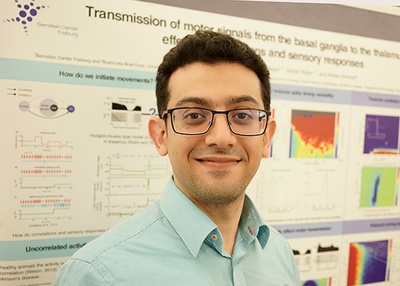
April 16, 2019: This is what Mohammadreza Mohagheghi Nejad thinks overall about his time as a PhD student in Freiburg. Now that the biomedical engineer has successfully finished his doctorate, what is going through the mind of the young scientist after graduating? He talked with the Bernstein Center Freiburg about this.
Golan Karvat wins Best Paper Award in German Neuroscience Society meeting
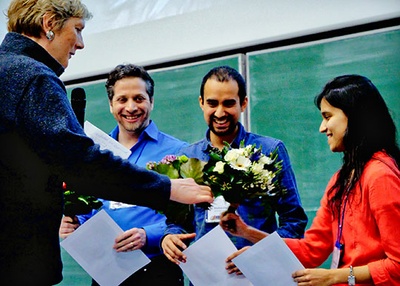
April 4, 2019: Golan Karvat, PhD student of the Bernstein Center Freiburg in the Optophysiology lab led by Prof. Dr. Ilka Diester, won the Best Paper Award in the 2019 Göttingen meeting of the German Neuroscience Society. The talk, titled “LFP-burst based real-time neurofeedback in rats”, was presented in the Breaking News symposium, and selected as the best talk according to the criteria: novelty of findings presented, potential impact on future research and the quality of the presentation.
Controlling Biological Neuronal Networks with Reinforcement Learning

March 7, 2019: It is an important therapeutic strategy for many neurological disorders to influence brain activity by means of deep brain stimulation. However, setting stimulus parameters optimally is a difficult problem and might require constant adaptation. To make stimulation more efficient, an interdisciplinary research team of the Department of Computer Science, the Department of Microsystems Technology (IMTEK) and the Bernstein Center Freiburg proposes a new closed-loop control paradigm based on reinforcement learning and evaluate it on a living model system, namely generic biological neural networks (BNNs) in vitro grown on microelectrode arrays. Their findings have now been published in Neurocomputing.
Training Course for Non-academics: Mould a Brain
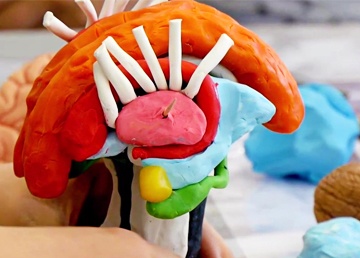
January 25, 2019: Dr. Janina Kirsch, biologist and associated member of the Bernstein Center Freiburg, offers a unique training course for non-academics from medical professions.

